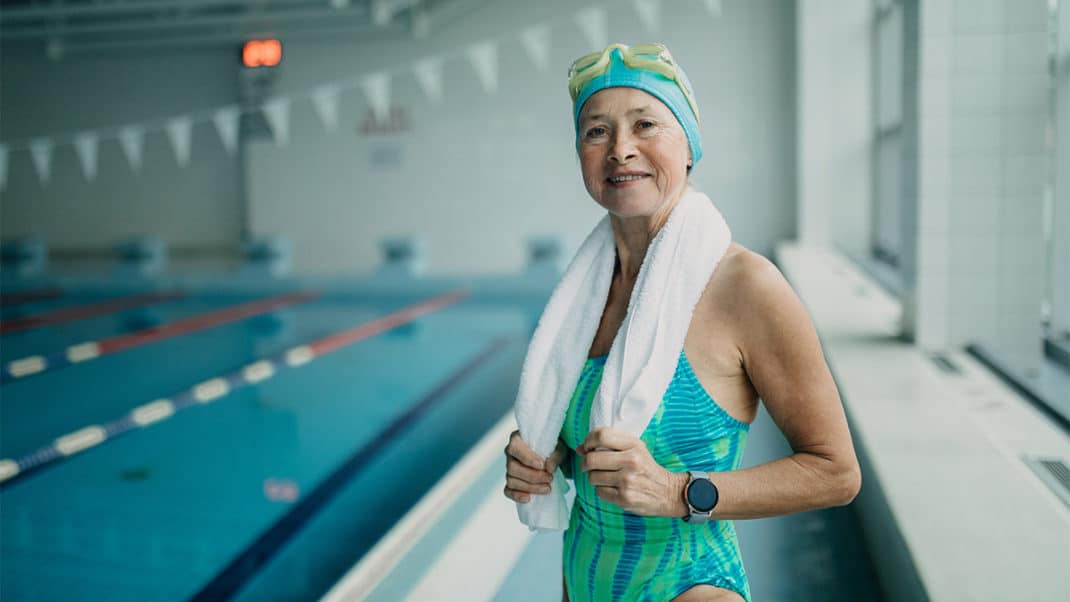The Philippine Perspective
Aspects of Philippine culture are displayed as talented dancers show off different dances to visitors.
2009 will see a big boom for the Philippine fitness industry, says Cynthia L. Carrion, personal trainer to the country’s president, and undersecretary for the sports and wellness industry in the Philippine Department of Tourism. Why? People will need to exercise to release stress caused by the economic crisis and health crisis. “Philippines imitate the health habits of the Western world—we have everything that the Western World has, like McDonald’s, PlayStations, TV remotes, etc.,” she says. “In fact our technologies on cell phones are more advanced compared to the United States.”
Harmony is considered important in Philippine society, and this characteristic ties in with the country’s approach to fitness, where activities are nurturing and are done with great pleasure and a smile. Spa treatments are also popular.
Treadmills are the most popular equipment because people in places like Gold’s Gym have developed a strong interest in running marathons. Carrion credits this to the instructors, who are also into these competitions. While the Philippine fitness industry is used to providing personal training for free, it is now recognizing the profit potential for clubs. Training programs are diverse and specific to the needs of the clients.
Classic classes such as step, high-low and kickboxing have maintained their following, but most group exercise enthusiasts in the Philippines are now more open to new concepts. Interest in mind-body classes is on the rise, with yoga and Pilates leading the way. Increasingly in demand are dance-based classes, such as Latin, street dance, striptease, belly dance retro and a fusion of these dances in one class. “These classes are popular with longtime group exercisers [looking for something different] and with a new generation of exercise enthusiasts who love dancing.”
No longer are men just into weight training or bodybuilding and women solely into group exercise. Women are now beginning to see the value of resistance training, and men are more aware of the importance of cardio training. Group exercise classes are not “exclusive” to women anymore.
Why exercise at all? While being fat used to mean wealth and slimness poverty, being skinny is a trend among both the young and the old. “Women want to be slimmer and sexier, while men hope to become more powerful. While people do exercise to lose weight because of health reasons, the desire to look attractive is more crucial. Some people would rather die than lose their looks or manhood.”
The Philippine government is extremely interested in encouraging wellness and fitness in the country. In fact, the president devised Executive Order 372, creating a public-private partnership for developing and promoting the Philippine wellness industry. The Department of Tourism’s office of sports and wellness gives sponsorships/financial grants (including technical assistance) to promote health and wellness and organizes local and international events under Carrion’s supervision. The department is trying to appeal to all ages. “I make sure that even the younger generation who is addicted to computer games, televisions and the Internet will be inspired and encouraged to try more physically challenging activities,” she says. “We do this through events such as Techno Sports and Wellness International Boot Camp.”






